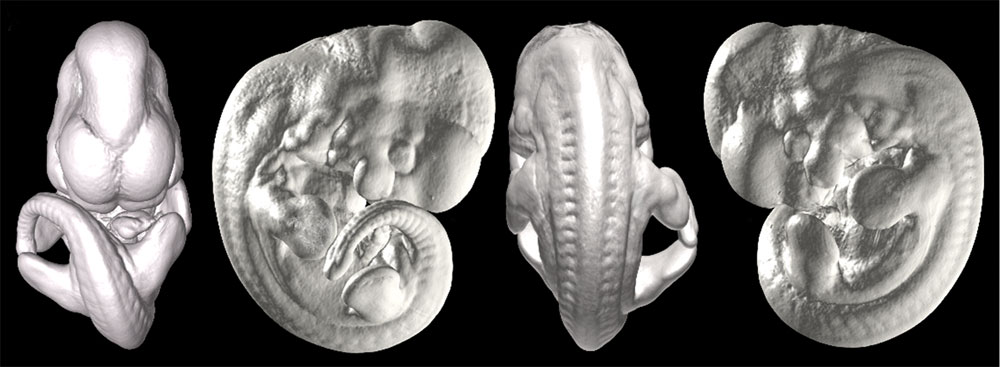Embryology for K12 Students
| Embryology - 30 Apr 2024 |
|---|
| Google Translate - select your language from the list shown below (this will open a new external page) |
|
العربية | català | 中文 | 中國傳統的 | français | Deutsche | עִברִית | हिंदी | bahasa Indonesia | italiano | 日本語 | 한국어 | မြန်မာ | Pilipino | Polskie | português | ਪੰਜਾਬੀ ਦੇ | Română | русский | Español | Swahili | Svensk | ไทย | Türkçe | اردو | ייִדיש | Tiếng Việt These external translations are automated and may not be accurate. (More? About Translations) |
Introduction
This is page has been made to help the younger student (from K to 12) understand some of the basics of how an embryo grows.
| <html5media height="384" width="352">File:Human development 001.mp4</html5media>
Click Here to play on mobile device |
This movie covers the 9 months of human development. Starting after fertilization and ending with the fetus just before birth.
The movie also shows how the embryo attaches to the mother's uterus (right) and how the placenta forms. The movie near the end shows only the fetus.
See also Animal Life Cycles and some student Embryology Questions |
Start Here
In humans, the growth of a baby inside a mother takes about 9 months.
In chickens, mice and rats this growth only takes about 3 weeks.
- Question: How long does it take for cats and dogs to develop? (Dogs)
- During this time a single cell will grow into many different cell types with different shapes and jobs to do in the body.
- A similar process will occur in all different embryos.
- In humans, many important changes occur in the first few weeks of development and much of the following 9 months is growth.
Now follow the growth and changes in the embryo over time.
Next: Week 1
Mouse Embryo at 11.5 days (Views of front, right, back and left)
Teachers Note
| Author Comments |
|---|
 K12 pages are prepared for students of primary and secondary education. K12 pages are prepared for students of primary and secondary education.
|
Cite this page: Hill, M.A. (2024, April 30) Embryology Embryology for K12 Students. Retrieved from https://embryology.med.unsw.edu.au/embryology/index.php/Embryology_for_K12_Students
- © Dr Mark Hill 2024, UNSW Embryology ISBN: 978 0 7334 2609 4 - UNSW CRICOS Provider Code No. 00098G

